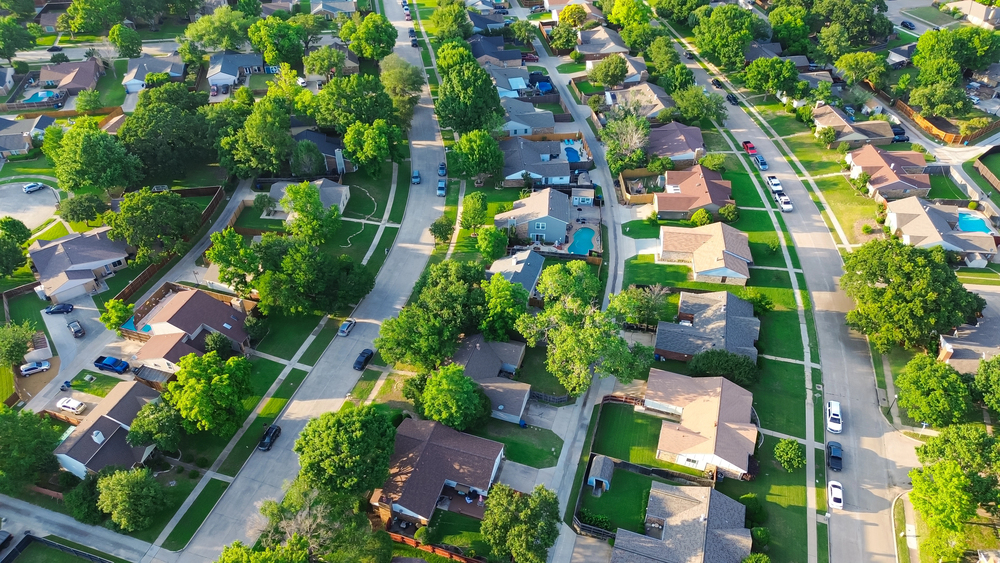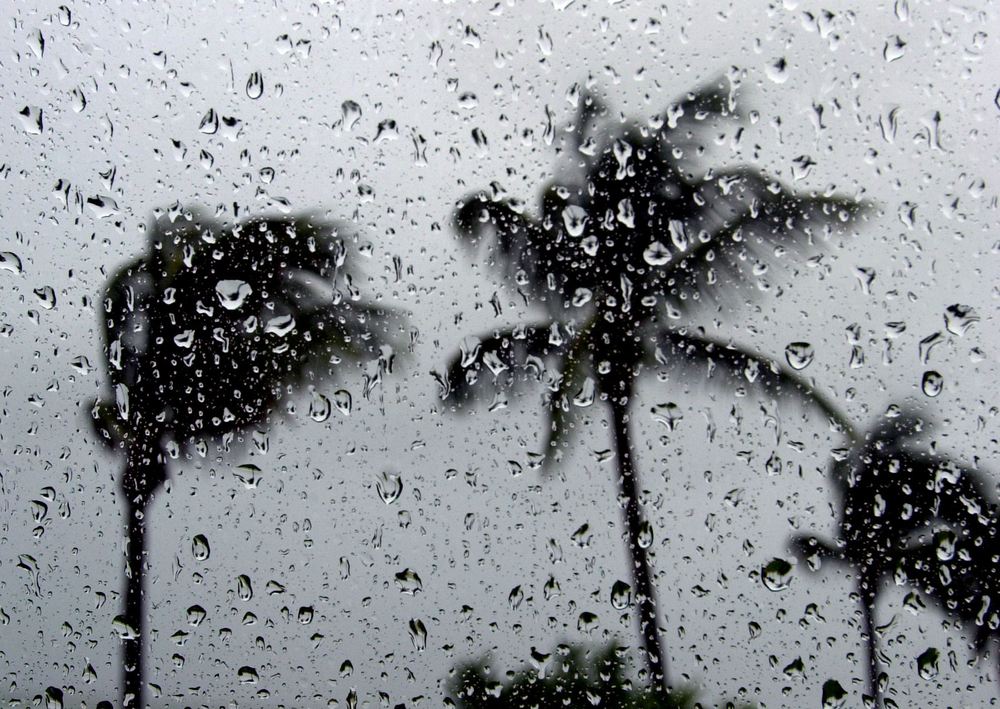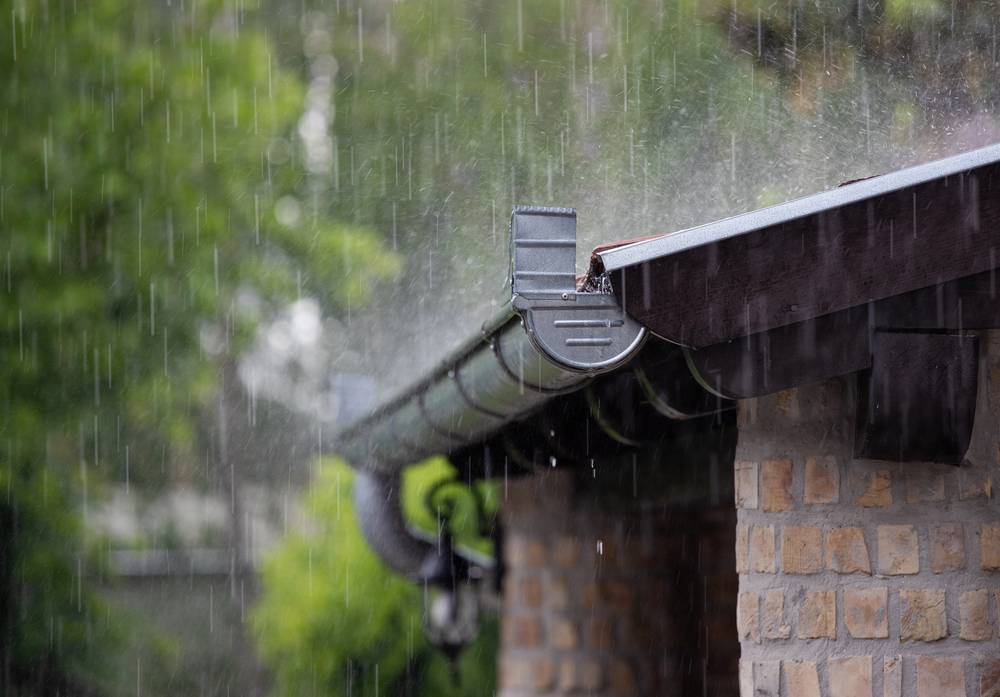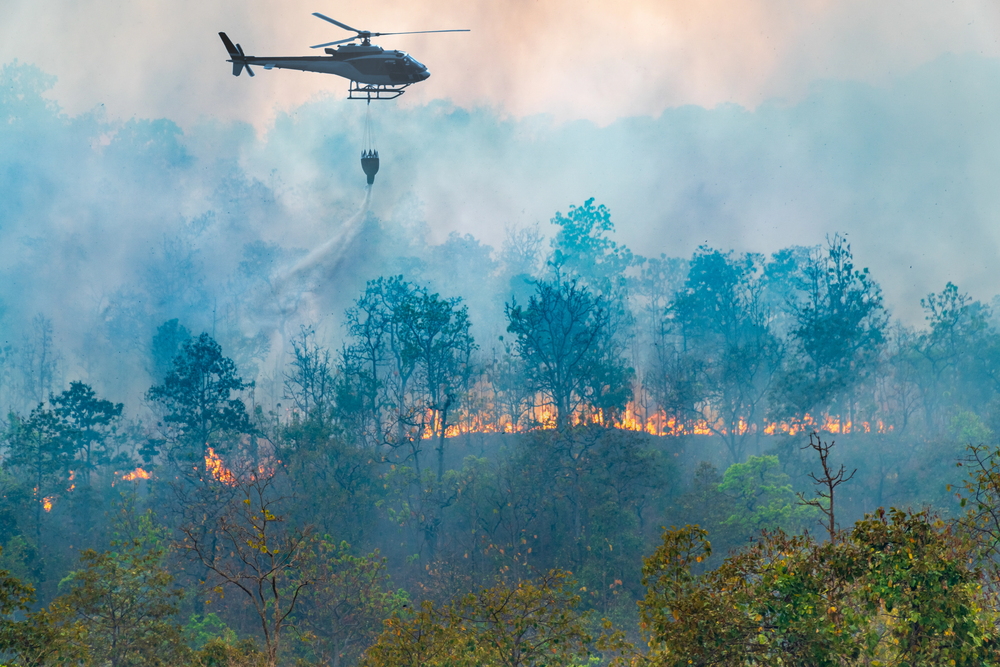Only You Can Insure Your Clients Against Wildfires
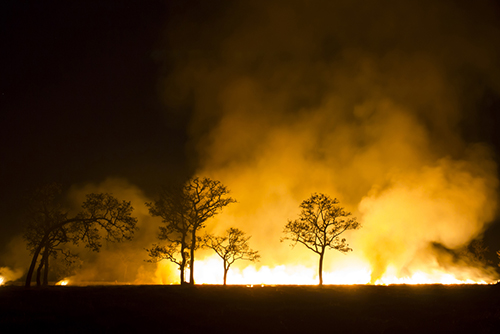
By: Will Jones
In the U.S., the 10 most destructive wildfires have occurred since the year 2000, according to CoreLogic. Five of those have occurred since 2010, and all of them exceeded the 30-year average.
Wildfires are distinctive among catastrophes because they frequently cause the total loss of not only a structure, but also the entirety of its contents. As the threat of wildfires rages on [see sidebar], frequently reviewing clients’ coverage becomes increasingly important.
Here are five factors to keep in mind to make sure your clients are fully protected:
1) Additional living expenses. Because serious wildfires result in mandatory evacuations, “additional living expenses are the first thing people are looking for,” says Janet Ruiz, West Coast representative, Insurance Information Institute.
“Insurance companies tend to give them out right away so people can get reimbursed,” Ruiz explains. “Then, for those folks who can’t go back to their homes, they need additional living expenses for the length of time it takes to rebuild their home.”
2) Extended replacement coverage. In catastrophe-prone areas, rebuilding costs skyrocket in the aftermath of an event “because of labor and materials shortages,” Ruiz says—which means it’s imperative to include extended replacement coverage on properties.
After a wildfire, offering 20%, 50% or even 100% in extended replacement coverage is sometimes not enough. Instead, consider 150% or 200%.
3) Code upgrades. For older properties, code upgrade endorsements pay for the structure to be rebuilt according to the most up-to-date building code requirements. Without them, the property is only covered for what was lost—and that could be a costly mistake.
Those endorsements “might include things like earthquake retrofitting or higher fire-resistant standards,” Ruiz explains. “All these things can come into play when you have to rebuild.”
4) Limits. Another costly mistake is skimping on limits to save a few bucks on the premium. A couple hundred in savings will be pretty meaningless to an insured when they’re confronted with a chunk of the bill for rebuilding their entire property.
“I hear the most frustration from victims when they didn’t know what their coverage limits were,” Ruiz says. “They talk to their neighbors and find out that one got this and another got that. It’s all because they didn’t pay attention to what their coverages were. Make sure you buy enough replacement cost coverage to rebuild the home.”
5) Inventory. Total losses to a property usually mean total losses to contents, as well. That’s why it’s important to remind clients to take photos or make a video inventory of their contents and back it up to the cloud.
“It tends to be overwhelming to do an inventory after the fact, so encouraging people to do that is really important,” Ruiz says.
Don’t forget to add high-value items such as jewelry or art to a personal floater.
Will Jones is IA assistant editor.
Measuring the ThreatRecent wildfire activity in the U.S. continues to be extensive and costly. In three of the last four years, more than 8 million acres burned and tens of thousands of structures were destroyed. In 2018, the Camp and Woolsey Wildfires in California caused between $15 billion and $19 billion in losses, according to CoreLogic, which also reports that 11 U.S. states experienced at least one wildfire that exceeded 50,000 burned acres that year. —W.J. |

